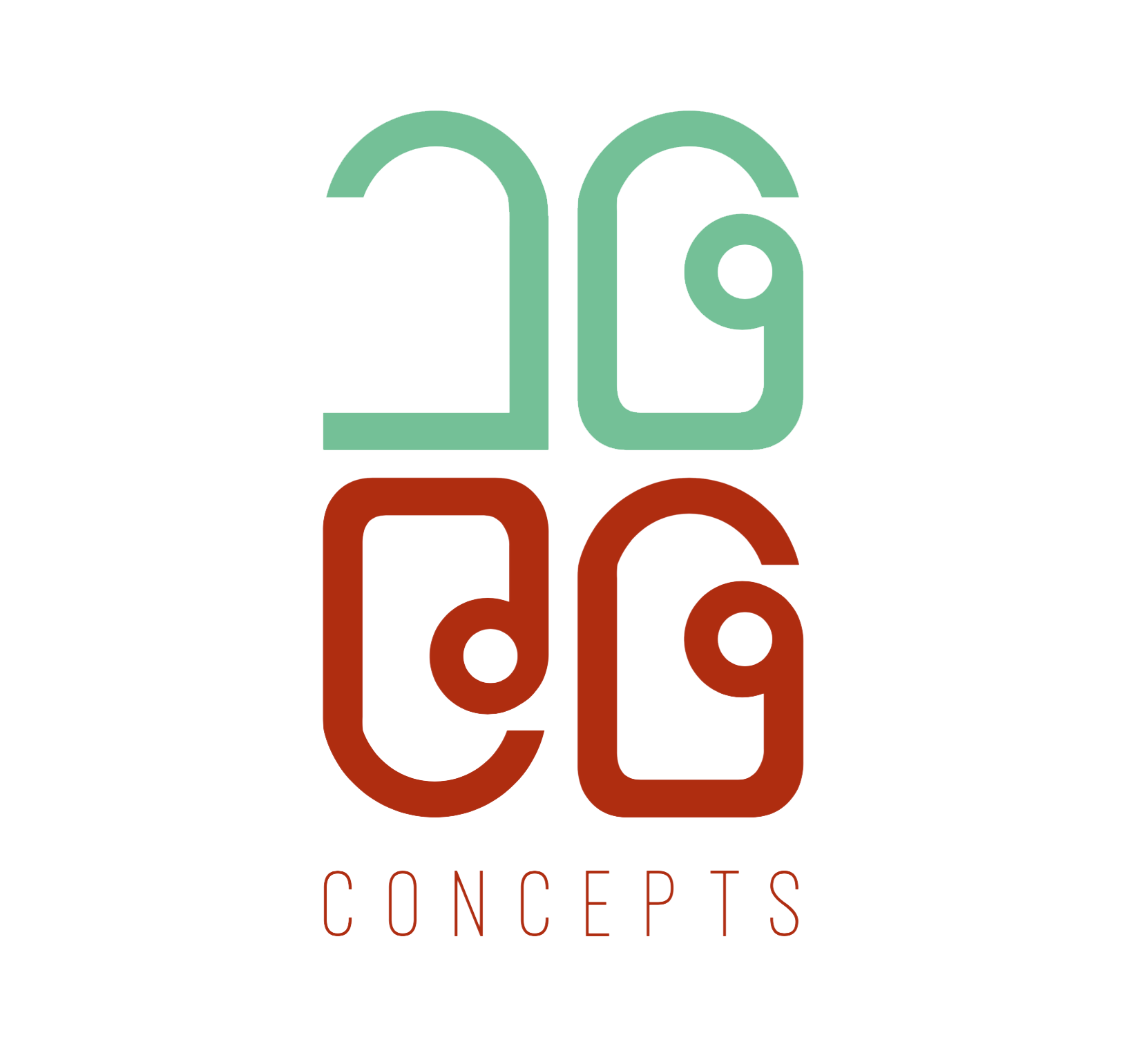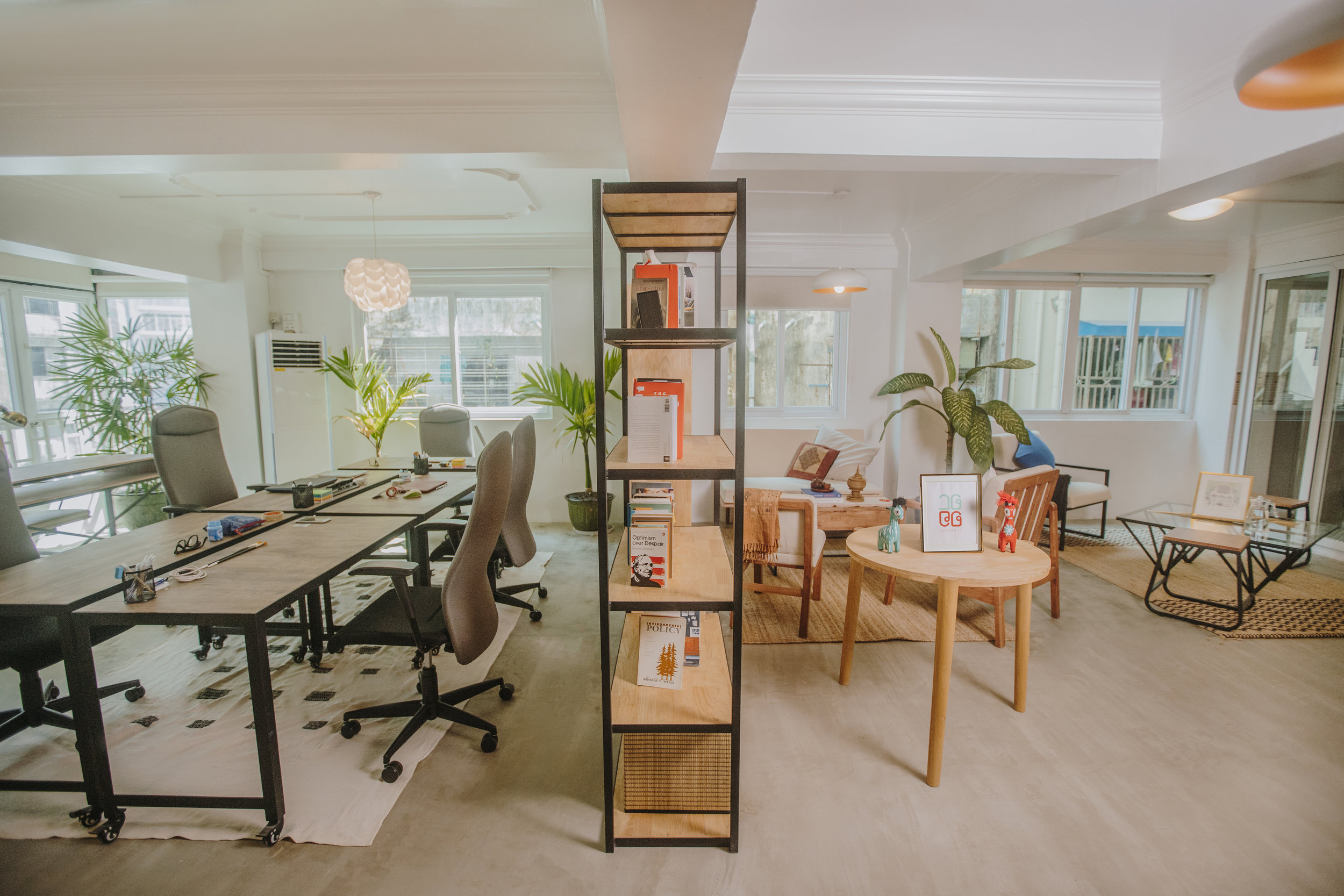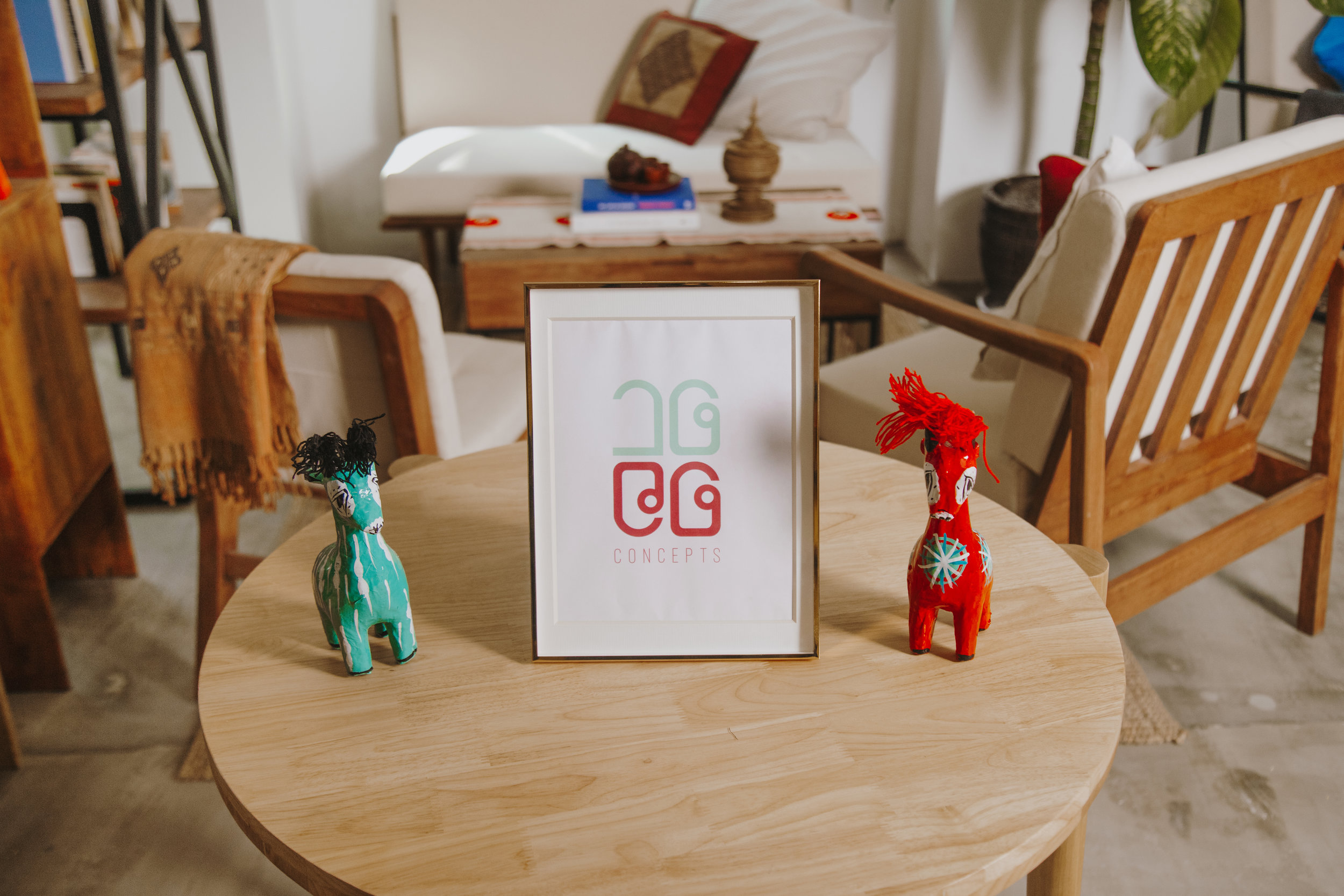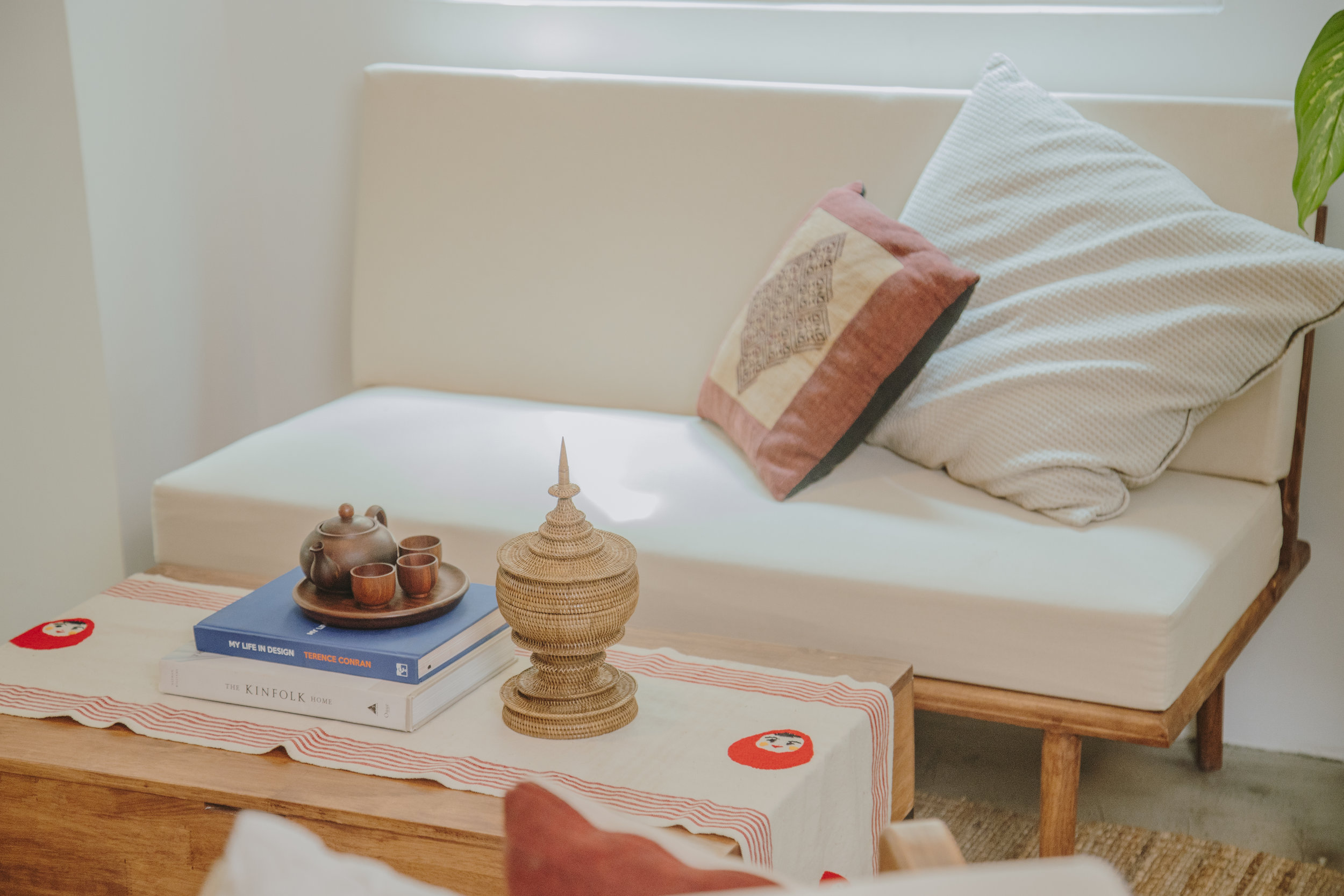Revamp : 16’96 Concepts Workspace
An Intimate Interview with Kimiko, CEO of 16’96 Concepts, by Kay
Open. Inviting. Positive.
That’s how I wanted our 16’96 workspace to feel — through thoughtful and simple design.
Because our work at 16’96 can vary from holding deep dives on new design concepts to showing our customers and partners prototypes and samples, the space needed to nurture creativity and professionalism in the most sophisticated but unpretentious way.
What does ‘work’ mean to you and how much does it affect your daily?
Work can be all-consuming, sometimes stressful, but mostly FUN, and meaningful — all magically at the same time.
Because work consumes most of our day, it is absolutely essential that our workspace sparks joy and pride. Setting the basics like having good coffee, to seeing greenery, to having access to the printer wirelessly — makes a big difference in shaping a colleague’s attitude for the day, which in turn has lasting effects on the overall synergy across the company.
What kind of space makes you productive?
This may vary from person to person. Productivity and focus, happens when I’m most relaxed — in a large, open, unobstructed space. To achieve this, our workspace is visually and functionally sectioned off in four parts, all with open shelving and strategic carpeting. Balancing lounge areas with open work stations, means balancing a mid-afternoon la-phet-yay break with the hustle and grind of the day.
What type of work environment trends are SMEs and corporate offices adopting these days? Comment on traditional Burmese work environments.
You can easily see a growing trend that most corporate spaces are adopting open-plan concepts, organic elements like moveable walls, and building collaborative co-working spaces. A downward trend on cubicles and cold white-colored walls.
I think Yangon is slowly catching on. Small creative agencies such as Synapse Digital to large social enterprises like Proximity Designs are good examples of what a productive work environment looks like.
“Budget seems to be a hot issue for most local companies. But organizations that value creating a ‘culture of wellness’ understand that investing towards a good workspace goes a long way. ”
How does furniture play a role in creating a space? How versatile can they be?
Our core belief at 16’96 is to design and craft pieces that are multi-functional. What does that mean? That means, your office table has wheels and can be moved around easily. That means, having stackable stools so that when guests leave, we can easily store them away without consuming an exorbitant amount of space.
Our office needed to be versatile to the max. It needed to serve as a showroom for our customers, an office for the team, and a mini photo studio for our regular shoots. Simple and minimal furnishings are the easiest to place and to design the space around. If we wanted to create a posh, luxuriously carpeted space with pops of color on the wall with our pieces, I think we easily could. Don’t underestimate the versatility that minimal furniture have. They can adapt to the mood of the space it embodies more easily than large, statement pieces.
What type of work environment trends are SMEs and corporate offices adopting these days? Comment on traditional Burmese work environments.
You can easily see a growing trend that most corporate spaces are adopting open-plan concepts, organic elements like moveable walls, and building collaborative co-working spaces. A downward trend on cubicles and cold white-colored walls.
I think Yangon is slowly catching on. Small creative agencies such as Synapse Digital to large social enterprises like Proximity Designs are good examples of what a productive work environment looks like.
“Culture shapes design, and vice versa. It’s a mutually reinforcing dynamic.
A good workspace reflects your company’s values and purpose, in very obvious ways. How your workspace feels and functions directly affects productivity, creative thinking, and collaboration levels — ultimately transforming your business. ”















